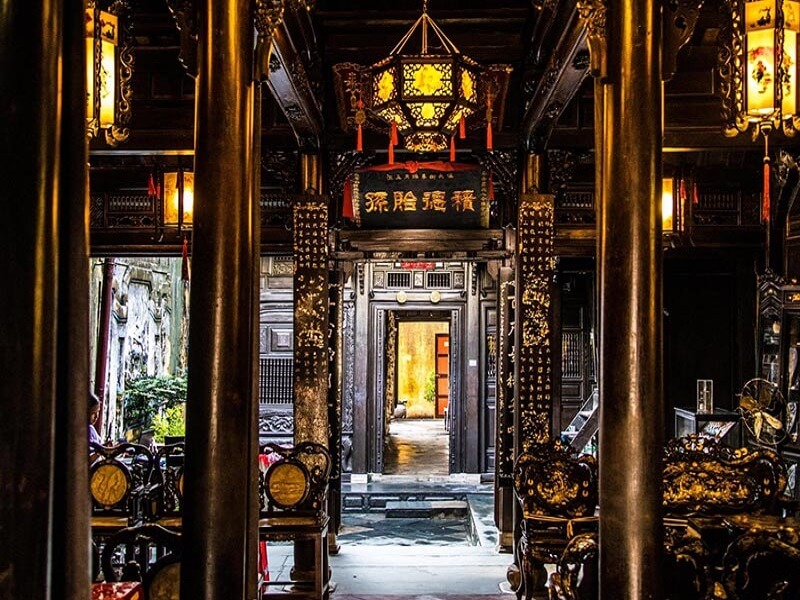
Meet the 280-year-old house without a single nail in Hoi An
- on Nov 26, 2024 By: Phuong Mai NGUYEN
More than 280 years old, the Tan Ky Old House is today the oldest historical residence still preserved in Hoi An. What makes it truly fascinating and unique is the absence of nails in its structure.
A living museum of culture, art, and history
Located at 101 Nguyen Thai Hoc Street in Hoi An, Quang Nam Province, the Tan Ky Old House is considered a "living museum", as it preserves and reflects Hoi An’s cultural, artistic, and historical values.
A remarkable architecture
Constructed in 1741 by artisans from the renowned Kim Bong carpentry village in Hoi An, the Old House of Tan Ky is home to seven generations of the Le family. Today, the owners still reside on the upper floor, while the first floor is open to visitors.
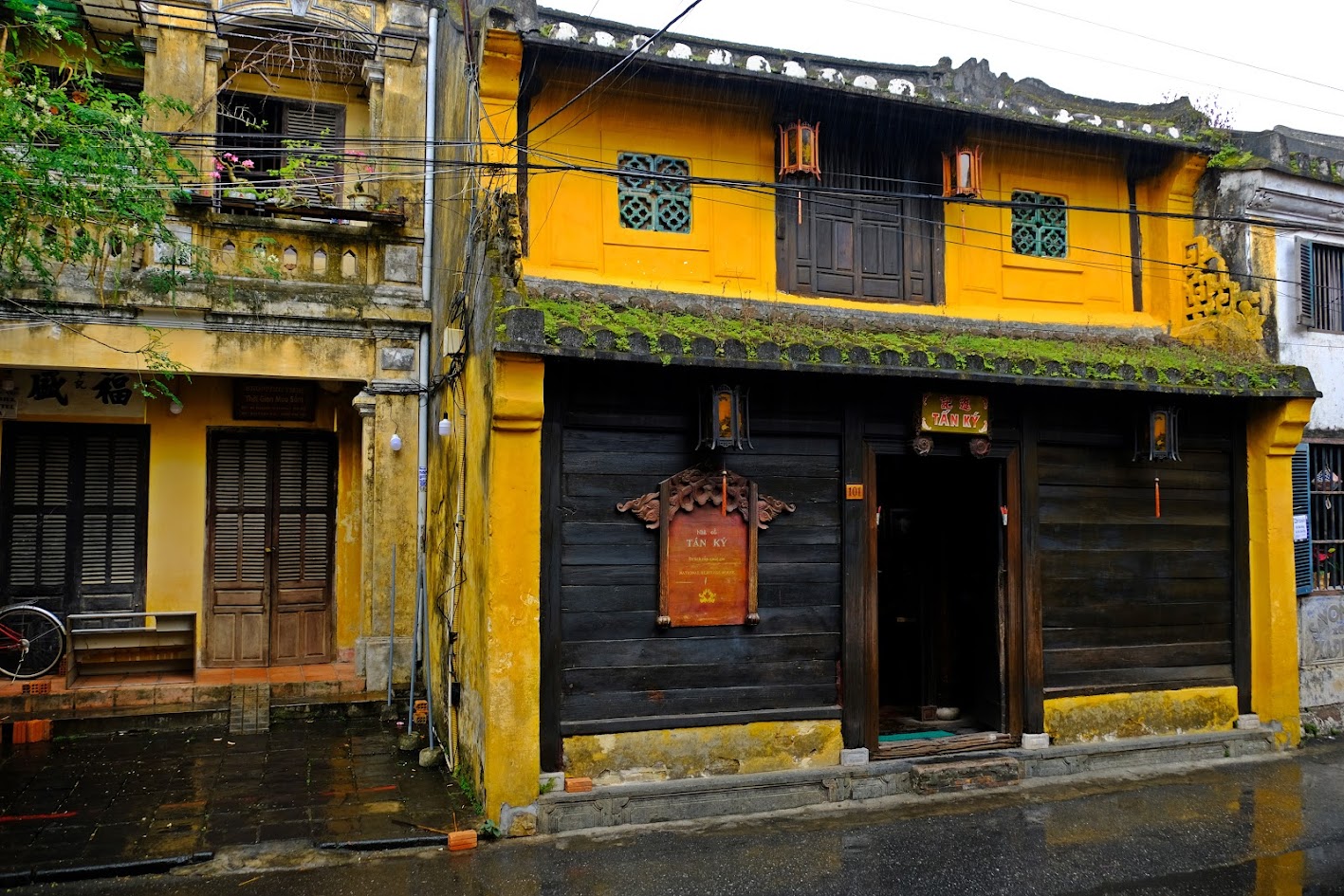
The house has withstood numerous historic floods, including the devastating one in 1964, during which water reached the first floor’s ceiling. Despite these ordeals, the house remains almost entirely intact, preserving its ancestral architectural and cultural significance.
Comprising two stories and three compartments, the house reflects a unique architectural fusion of Vietnamese, Chinese, and Japanese influences. It is recognized as one of Vietnam’s best-preserved and most beautiful ancient homes. At the time of its initial construction, during the reign of Emperor Tu Duc, the house had only one floor, adhering to an imperial decree prohibiting any structure from exceeding the height of the royal palanquin. However, frequent flooding in Hoi An led to its elevation into a two-story structure.
Symbolism in every detail
A distinctive feature of Hoi An’s ancient houses is the presence of "door eyes". These eyes secure the doors, and serve a spiritual purpose: warding off negative energies while attracting good luck and prosperity into the house.
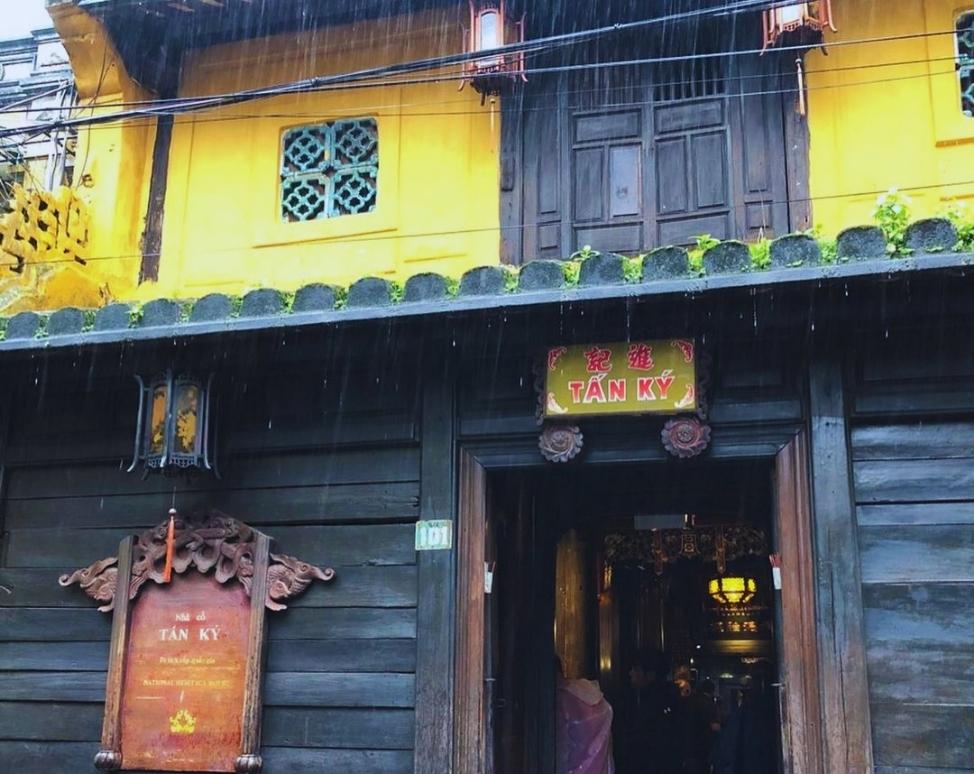
The main allure of the Old House of Tan Ky lies in its finely carved columns and beams, adorned with symbolic motifs such as fish heads with dragon tails, pomegranates, pumpkins, peaches, and bats. These intricate carvings showcase the exceptional craftsmanship of the era and add a layer of visual richness to this iconic structure.
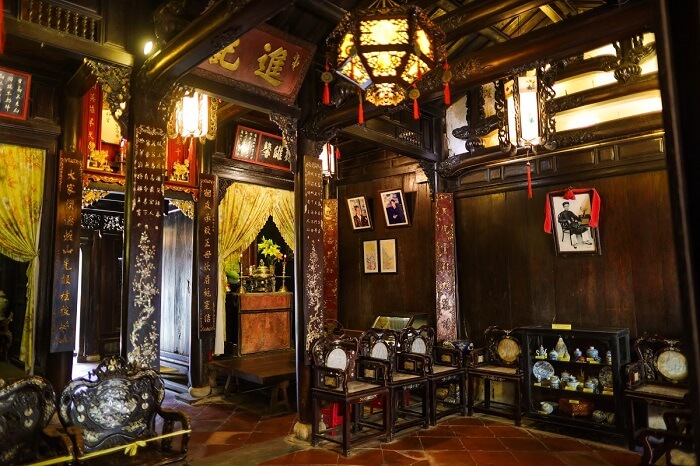
One of the house’s most fascinating facts is that it is a nail-free construction. The entire structure, including columns, beams, and framework, is assembled using traditional tenon-and-mortise joinery, which ensures both durability and resilience.
Architectural harmony imbued with symbolism
The Japanese influence is evident in the reception hall of the house, designed according to feng shui principles based on the five elements: Metal, Wood, Water, Fire, and Earth. The roof, meanwhile, adopts the traditional yin-yang tiles, symbolizing the perfect balance between two complementary energies.
The house also features tubular architecture, typical of Chinese residences, with multiple compartments and separated spaces. Remarkably, the house has no windows, yet remains surprisingly cool and well-ventilated thanks to a central skylight. This architectural feature optimizes natural light while ensuring efficient air circulation.
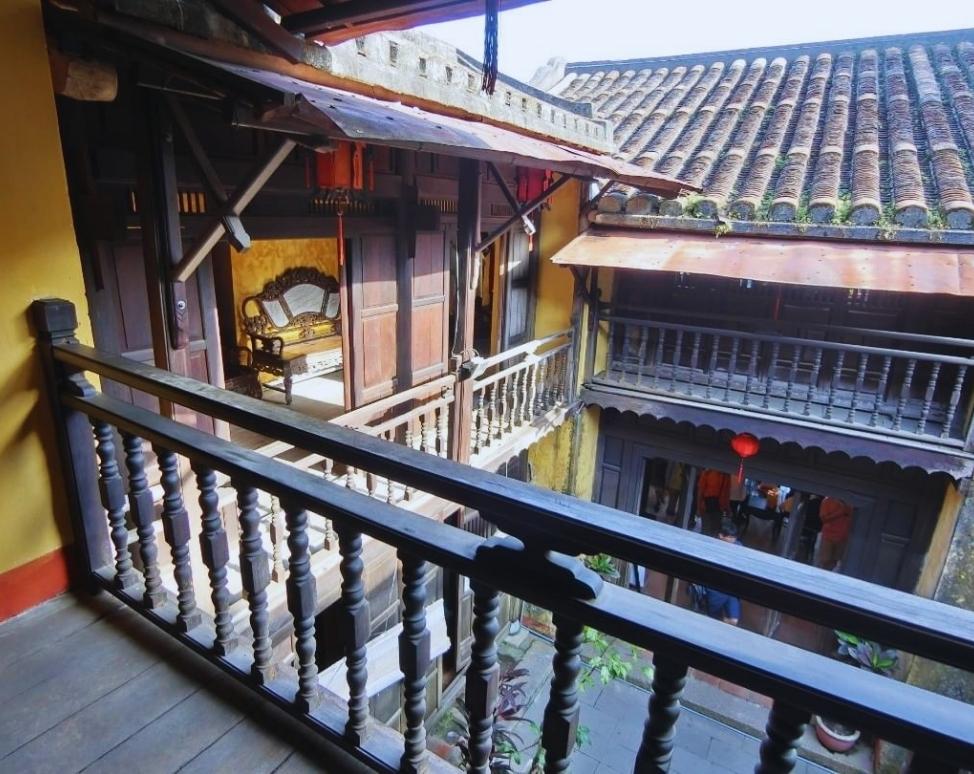
Materials that speak of prosperity
The house’s interior is predominantly crafted from precious woods, exquisitely carved, reflecting the prosperity of the generations who have lived there. The beams and frames are made from gemu wood, the doors from jackfruit wood, and the furniture, such as tables and chairs, is made from kiền kiền wood.

Beyond wood, the house incorporates Thanh Hoa stone and Bat Trang ceramic tiles, which contribute to its impressive climate control: cool in the summer and warm in the winter.
A precious collection of historical treasures
The Tan Ky Old House safeguards an extraordinary array of calligraphy works, decorative panels, and parallel sentences, alongside hundreds of priceless antiquities. These include vases, teapots, wine jars, and Chu Dau ceramics from the 16th century. Among the most notable artifacts is an inscription from the epitaph on the tomb of Le Tan Ky, the founder of the Tan Ky trading house.
This epitaph tells the poignant story of Cong, an orphan who rose to prominence through unwavering perseverance. Cong became a respected figure, celebrated for his dedication to helping the poor and his unparalleled generosity, leaving a legacy that continues to inspire.
A prestigious heritage recognition
In 1990, the Old House of Tan Ky was officially designated as a national historical and cultural monument. It has since gained global recognition as part of Hoi An’s UNESCO World Heritage status. Under special protection as part of Hoi An’s preservation efforts, the house has become an unmissable destination for visitors. Its unparalleled collection of cultural artifacts and its storied history offers a unique window into the traditions and craftsmanship of this timeless city. This ancient house not only preserves Hoi An’s heritage but also captivates modern tourists eager to connect with the rich legacy of Vietnam’s past.
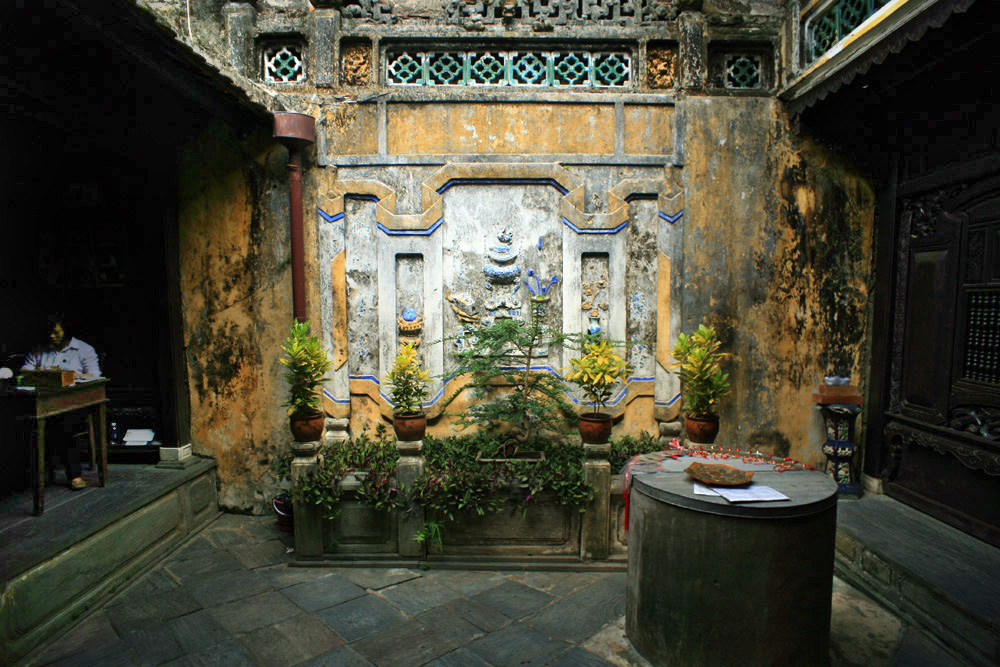
The story of Vietnam's most precious cup
In addition to its architecture, the Old House of Tan Ky amazes visitors with its collection of rare and precious antiquities. Among these treasures lies a unique artifact: The Cup of Confucius, considered one of the rarest objects in Vietnam.

According to the descendants of the Le family, this cup was acquired over 200 years ago by the founding ancestor of the family from Chinese merchants. What makes the cup extraordinary is its ingenious design: it holds water only when filled to eight-tenths of its capacity; exceeding this limit causes the water to drain completely through a small hole at the bottom.
Though the cup’s appearance may seem simple, it carries a profound philosophical lesson—a subtle reminder of the importance of moderation.
The Legend of the Cup of Confucius
Legend has it that during a journey through an arid desert, Confucius, weary from hunger and thirst, found himself in dire straits. A kind old man led him to a spring and offered him a cup to draw water. In his haste, Confucius filled the cup to the brim, but each time he tried to drink, the water drained out entirely. After repeated failed attempts, he realized he needed to fill the cup only halfway to drink successfully.
This experience gave birth to his doctrine of the golden mean, which advocates self-restraint, balance, and moderation in all human actions. To make this philosophy tangible, his disciples designed the cup to represent his teachings physically.
Like the Tan Ky Old House, the Cup of Confucius symbolizes a legacy of history and philosophy. Its profound message continues to inspire visitors from all corners of the globe, offering not just a glimpse into Vietnam’s cultural treasures but also timeless wisdom for leading a balanced life.
“Ten years to accumulate the wood, three years to build the house”
Nearly 300 years ago, Hoi An was a thriving trading port, a crossroads for exchanges with many countries in the region. In this context, the Old House of Tan Ky was established, originally intended as a commercial establishment. The first owner of this iconic house was Le Tu Hien, also known as Le Cong. Orphaned at the age of seven, he was taken in and raised by his maternal uncle from the Truong family. At 18, his uncle gifted him a plot of land and a modest wooden house to help him stand on his own.
Thanks to his intelligence, entrepreneurial spirit, and knack for commerce, Le Tu Hien quickly became a wealthy merchant in the Minh Huong community. From an orphaned, impoverished child, he rose to become a prosperous businessman, and the construction of a house befitting his status and that of his family became an obvious choice.
Legend has it that it took Le Tu Hien ten years to accumulate enough precious wood—particularly jackfruit wood, lim wood, and kiền kiền wood—for the construction of the house. He then hired skilled craftsmen from the renowned Kim Bong carpentry village, who dedicated three years of hard work to carve, engrave, and assemble the elements, completing the house in 1741.
A Masterwork
Le Dzung, a descendant of the sixth generation of the Le family, who is currently in charge of managing and preserving the house, shares: "It took ten years to collect the wood and three years of meticulous work to complete the house at the end of the 18th century. Most of the interior decorative materials are made of precious wood, carefully sculpted with great finesse."
This house, more than just a dwelling, embodies the story of a remarkable social rise, as well as the exceptional craftsmanship of Vietnamese artisans. Today, the Tan Ky Old House remains a living testament to the history and culture of Hoi An, attracting visitors from around the world.
When Le Tu Hien built his house, he designed it with two facades, a rare layout for the time. He named it Tấn Ký, a name that quickly became associated with his fame, to the point where locals began referring to him as Le Tan Ky.
The facade on Nguyen Thai Hoc Street served as a place for receptions and exchanges. Le Tu Hien would welcome business partners and friends there to discuss commerce or share a cup of tea and a glass of wine during moments of relaxation. The facade on Bach Dang Street, on the other hand, played a practical role: it was dedicated to transporting goods to the quay or boats. At the time, the river running along this street was deep enough for foreign merchant ships to dock directly at the foot of the house. Over time, however, sediment deposits from floods gradually dried up this part of the river, forcing the boats to dock further away.
As for the name Tan Ky, its exact origin remains a mystery. While no definitive explanation has been provided, it is known that Chinese merchants in Hoi An often named their shops with terms that included the word "Ký".
The Transmission of a Heritage
In his sixties, Le Tu Hien decided to pass on his business management to his eldest son and retired to the village of Thu Bon, in what is now the Duy Xuyen district, to live a peaceful life. He passed away there in 1895. The exact identity of his eldest son is unknown, but it was Le Huynh, a later heir, who ensured the continuity of the family wealth. Le Huynh maintained the prosperity of the Tan Ky house until his death at the age of 50. Afterward, the house passed to Le Chuong, Le Huynh’s son, who worked as a teacher in Hoi An for many years. His son, Le Dzung, followed the same vocation, teaching for over 40 years in Da Nang.
When Le Chuong and his wife passed away, the house remained temporarily unattended. Le Dzung then returned to Hoi An to take care of the ancestral home and honor the memory of his forebears. Today, he is the current owner and guardian of the house, a living witness to an exceptional family legacy and an important part of the cultural history of Hoi An.
Guide to visiting the Old House of Tan Ky in Hoi An
Hoi An is approximately 35 km south of Da Nang, which takes about 60 minutes by car. There are several ways to reach the ancient town of Hoi An:
• By Motorbike: From Da Nang, take National Route 1A south for about 27 km, then turn onto Vinh Dien Road to reach the center of Hoi An.
• By Bus: From Da Nang's Central Bus Station, you can take a bus for just 30,000 VND (about $1.18 ) per person, making this a very budget-friendly option. The trip lasts about 80 minutes.
• By Taxi: For a faster and more comfortable ride, you can take a taxi. The fare is around 450,000 to 500,000 VND ($18 to $20) per vehicle, and the journey takes about 55 to 60 minutes.
Whichever transport method you choose, a visit to the Tan Ky Old House, a living testament to Hoi An's history and culture, is well worth the trip.
TOLUNHA
Related articles:
>> Hoi An of Vietnam: Top 10 things to do in Hoi An
>> Phung Hung ancient house: a must visit destination in Hoi An
 Español
Español Français
Français







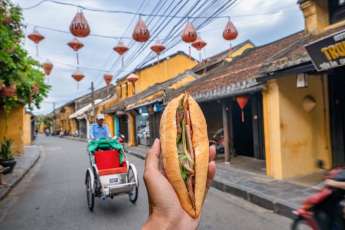


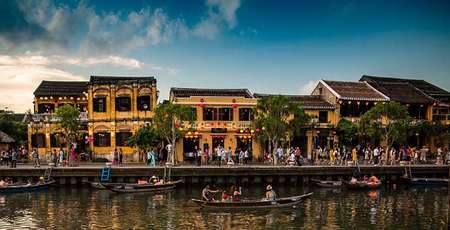
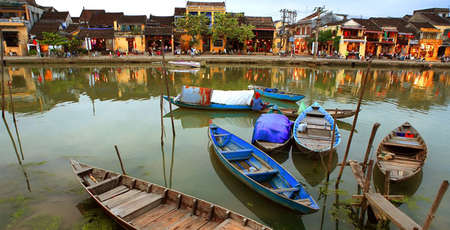








Morgane Ter Cock
on Dec 18, 2025HerbertPhomaMS
on Oct 19, 2025Lilyan Cuttler
on Oct 15, 2025Avenue17XC
on Sep 14, 2025Avenue18JL
on Jul 21, 2025